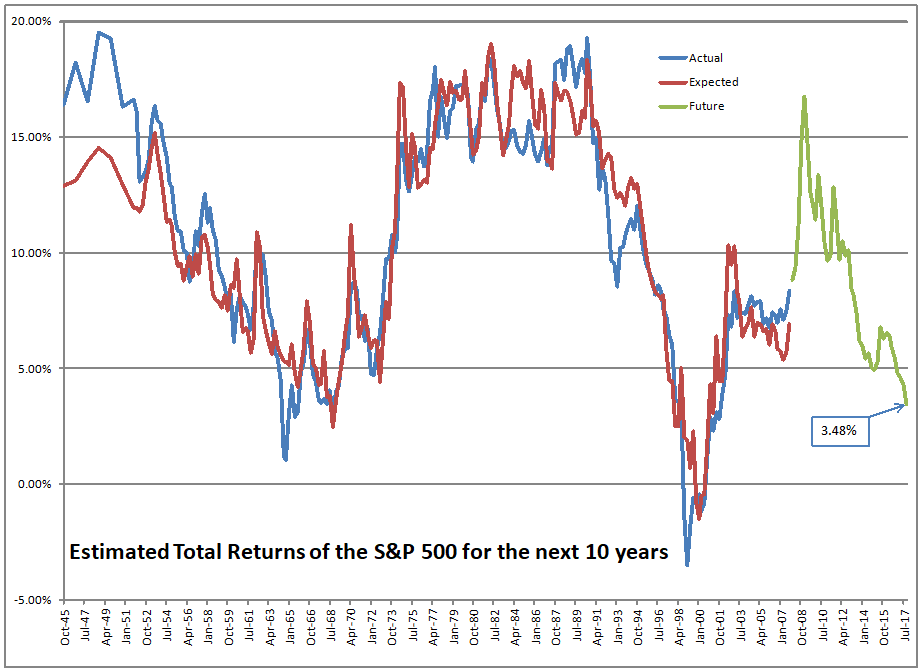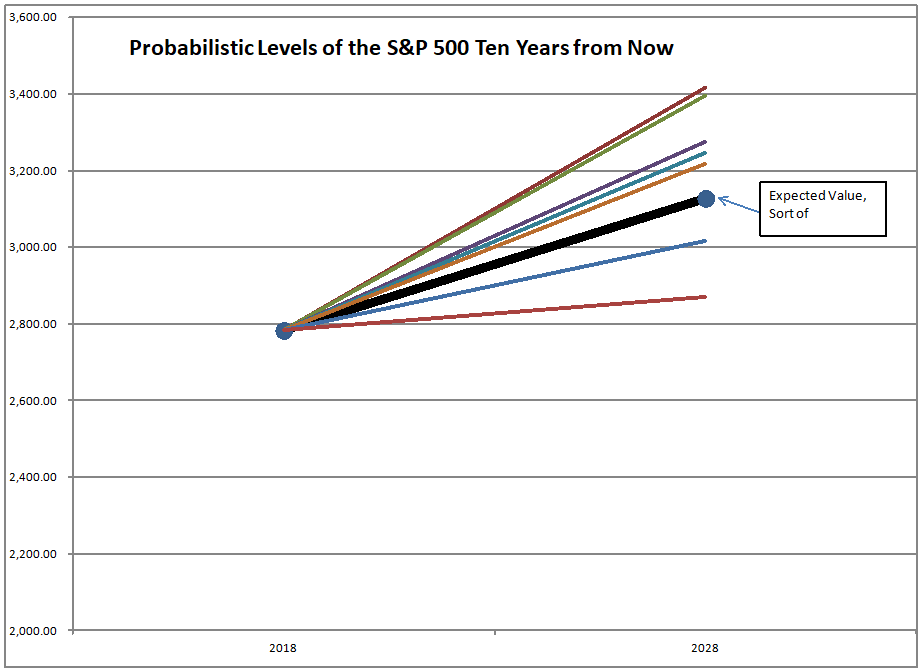What if I Need Something More Important Later?
Photo Credit: Nicholas Erwin
Some people find it difficult to save. This not only applies to people, but corporations, endowments, governments, etc. There is some amount of cash available to be spent. Why not spend it? There is some amount of borrowing that could be done that could allow you spend more. Why not do it?
Often the spending and borrowing that is done in the short-run lacks comprehensive thought about priorities. One way to try to get this across to some people is to say, “What if your car breaks down next week? How will you handle it?” or some other large outlay that is unexpected now.
Now some people never change on this. They go from cash flow crunch to cash flow crunch, from debt to more debt, from default notices to the repo man showing up when they are not there.
In a more sophisticated way, it can apply to some nonprofits with giving and drawing on their endowment. “Today’s priorities are the most important for our mission; we need the maximum from our resources. Tomorrow is too late.” Smart endowments keep slack assets around, because they can never tell when disaster or opportunity might strike.
Same for corporations that max out their borrowing profile to buy back stock. I realize you don’t want to leave a ton of cash around or you could be a takeover target, but eliminating all of your inexpensive flexibility presumes too much on business plans doing well. Good management teams keep a prudent amount of slack assets.
And governments… the tyranny of spending now can compromise your solvency, even if defaults produce extreme inflation or deflation, if it gets bad enough. These things only happen to Zimbabwe, Argentina, Venezuela, and Turkey, right? With a little help, the PIIGS are fine now, right?
Sigh. The repo man for governments is sometimes a civil war, which might erase bad prior spending commitments, or substitute them for a new set of spending commitments.
Back to home, where things are simpler… Jesus said, “Take heed and beware of covetousness, for one’s life does not consist in the abundance of the things he possesses.” [Luke 12:15, NKJV] We first have to understand that more spending, more goods, will not make us happier.
With some friends, wait for a teachable moment, and say, “Don’t you wish you didn’t have all the problems from this debt?” “Has all this spending really helped you?” And perhaps they might have the openness to change, but habits are stubborn things; breaking habits requires a desire greater than that of the habit, and that can be tough when some have a hard time saying “No.”
This is America. Freedom is prized. The pitch could be: do you want to be free — free from the headaches of all this debt? The positive goal could motivate change. There are lots of ways to budget and reduce debt; effective ways of motivating the need to change are scarce.
I’ve talked about the “stoplight rule” on spending:
* Less than 3 months expenses in the savings fund? Red light. Defer all discretionary expenditures.
* 3-6 months expenses in the savings fund? Yellow light. Some discretionary expenditures allowed, so long as you don?t dip back into the red light zone.
* More than 6 months expenses in the savings fund? Green light. Discretionary expenditures allowed, so long as you don?t dip back into the red light zone.
http://alephblog.com/2011/09/01/build-the-buffer/
But here’s another way to think about spending slack cash: think about a major goal you want to achieve, and ask whether the current expense ranks above that goal. Introducing the concept of opportunity cost in a friendly way could be useful.
And in that way, we can manage finances better, which means managing the priorities and opportunities of life better. After all, when opportunity or disaster knocks, do you want to find yourself short on resources?












